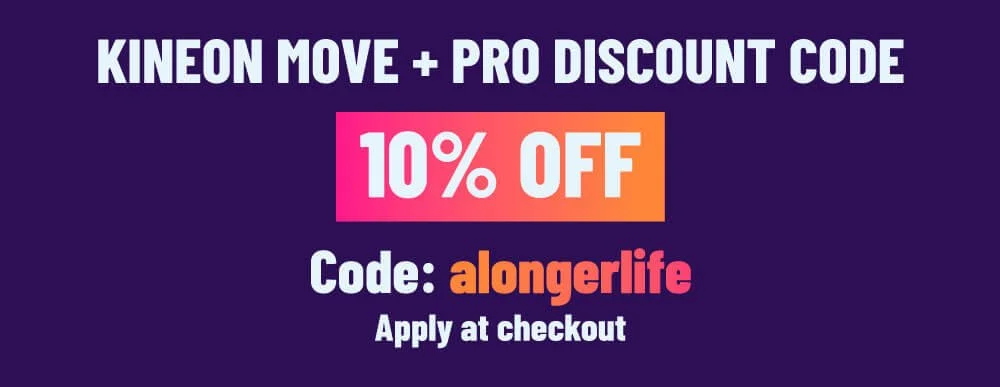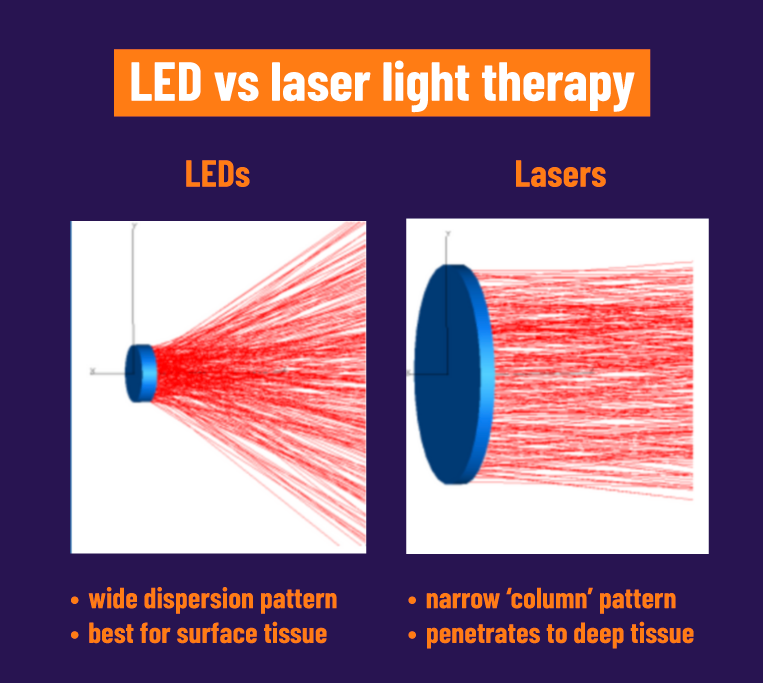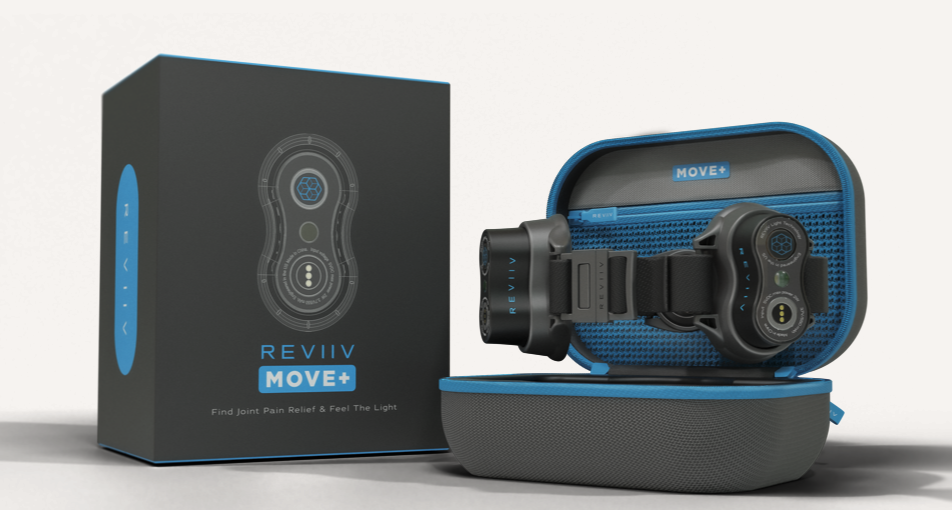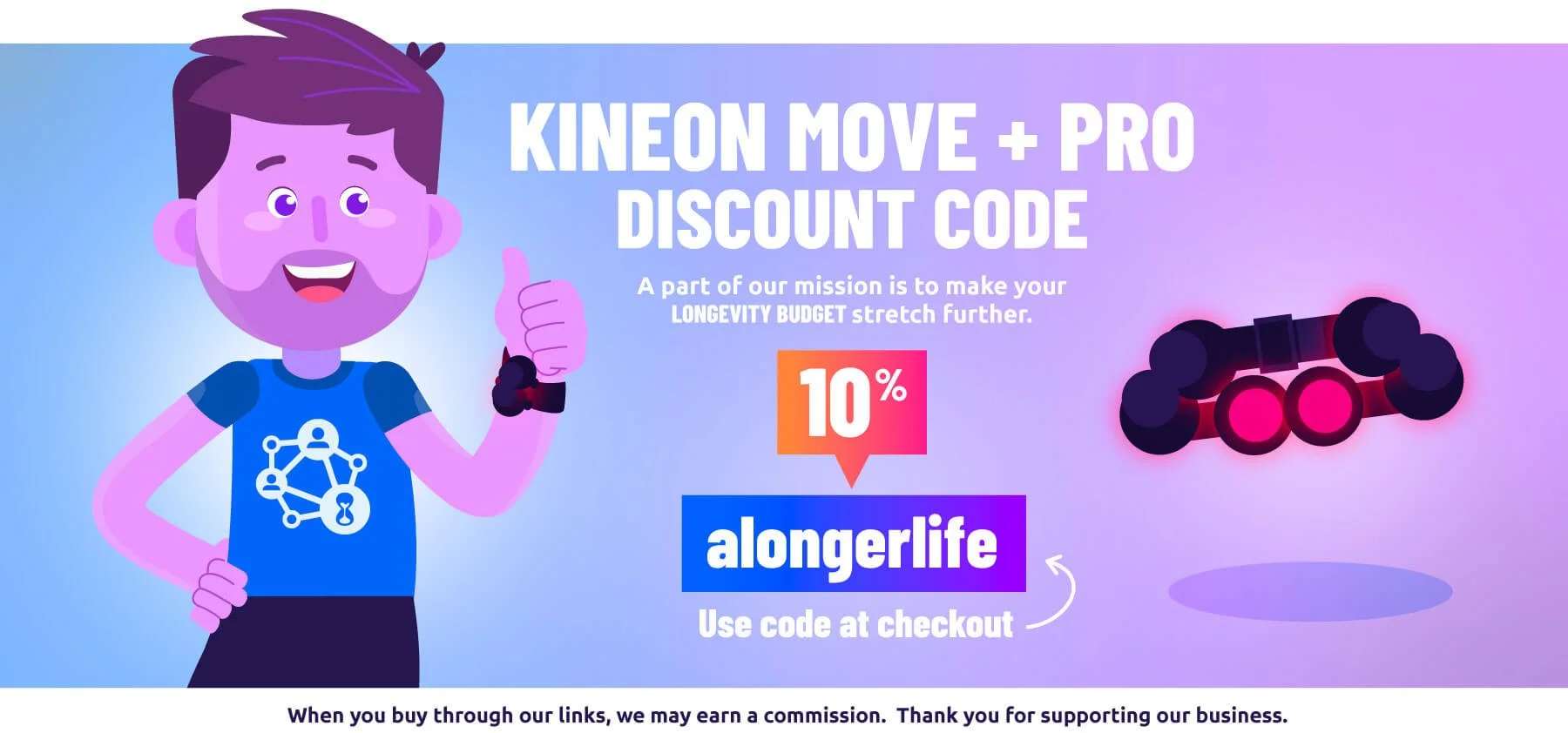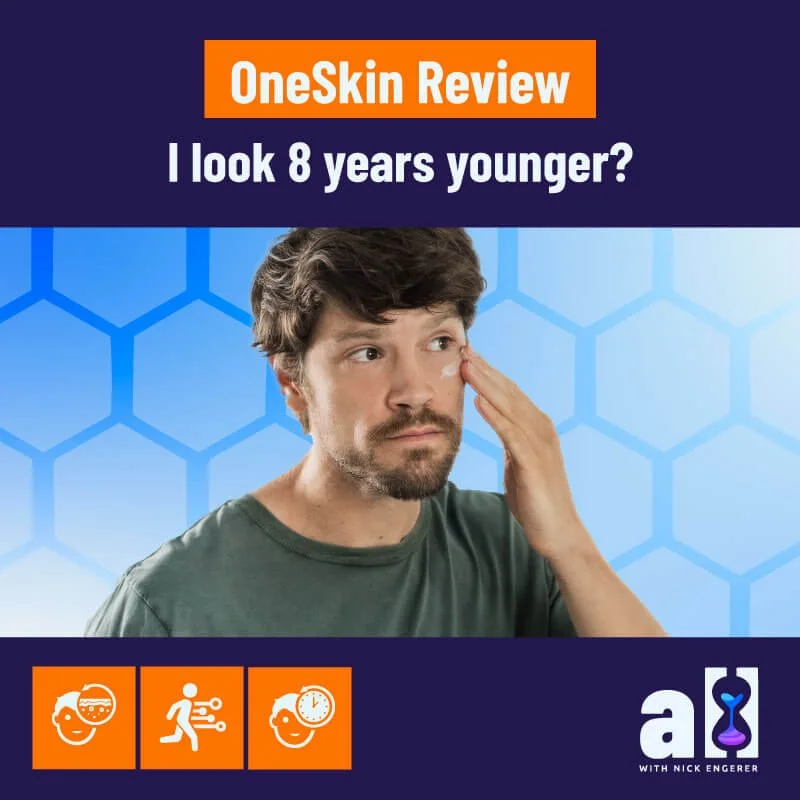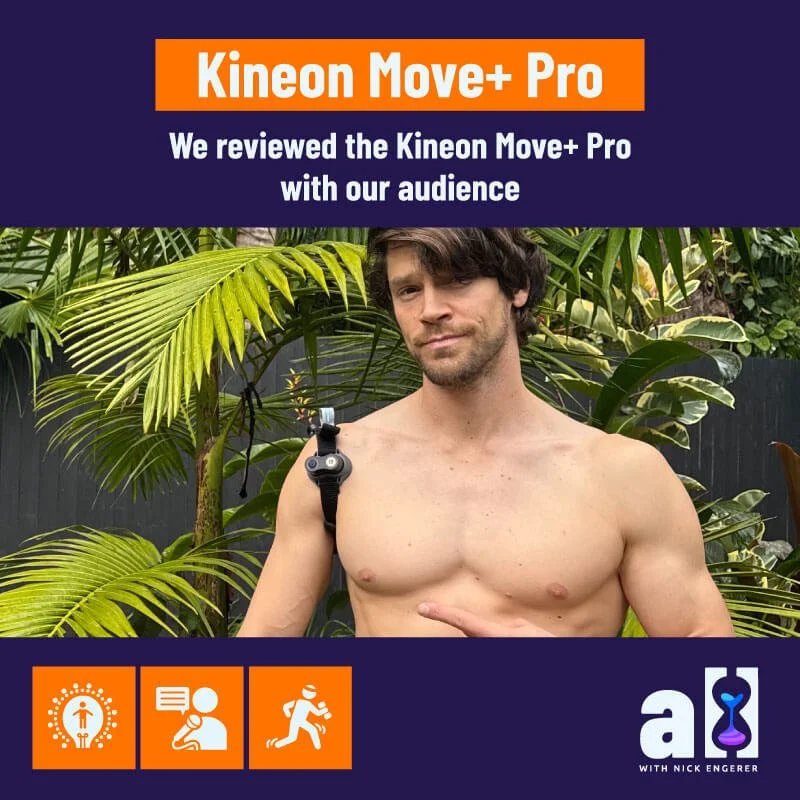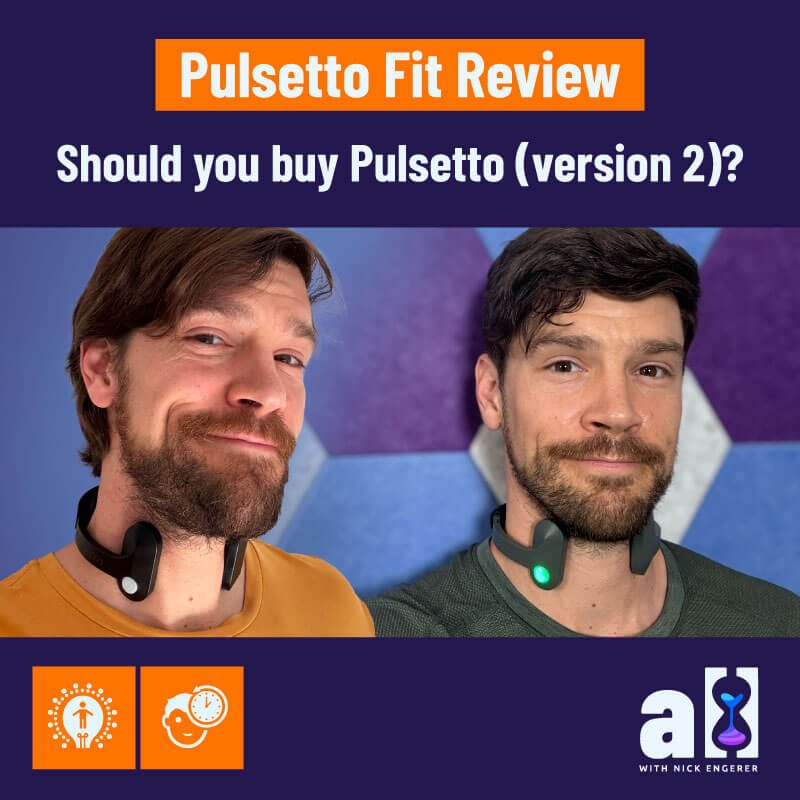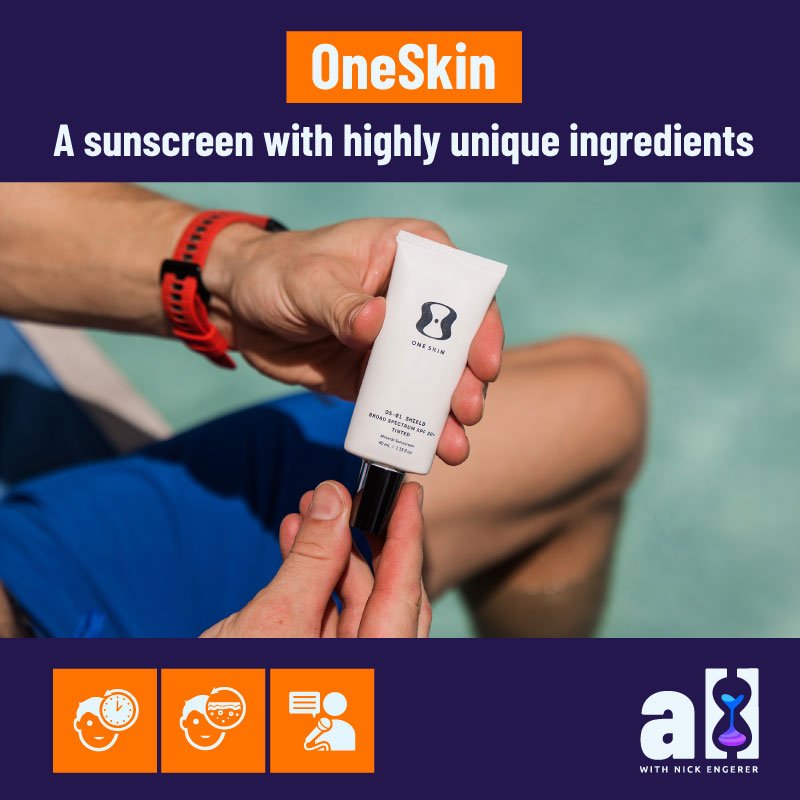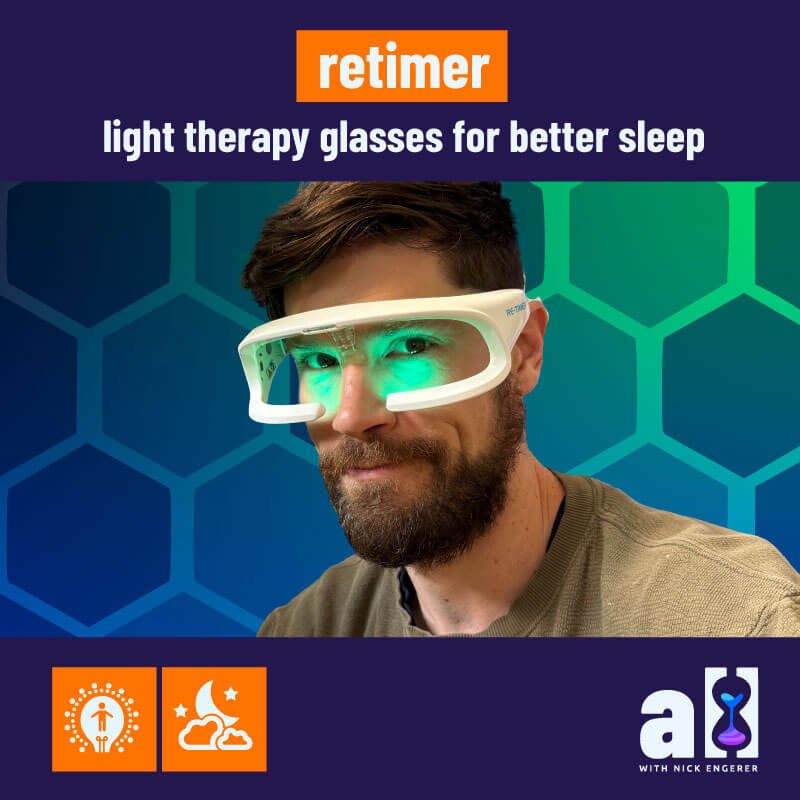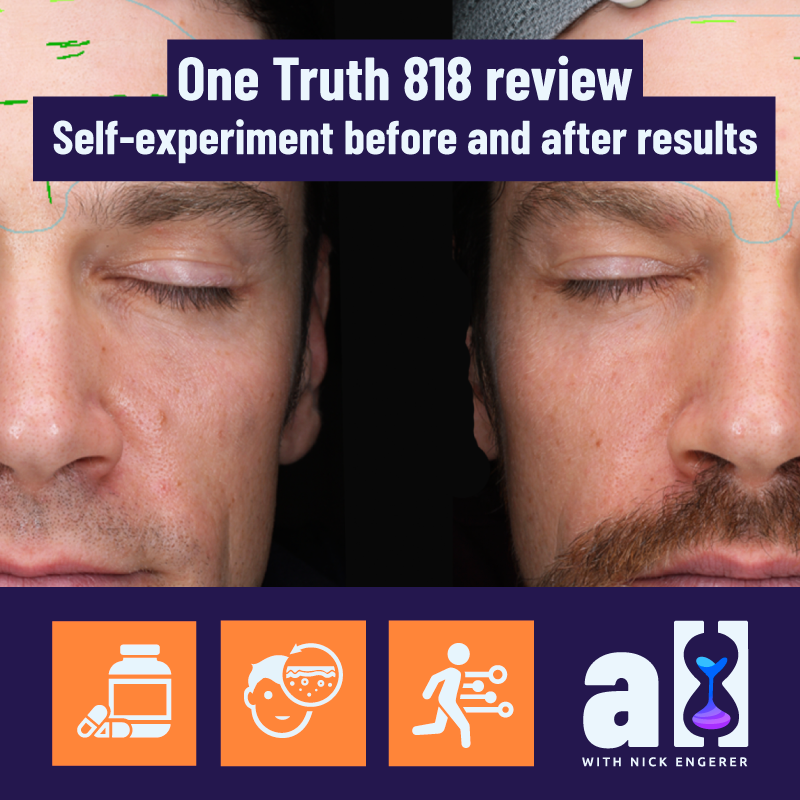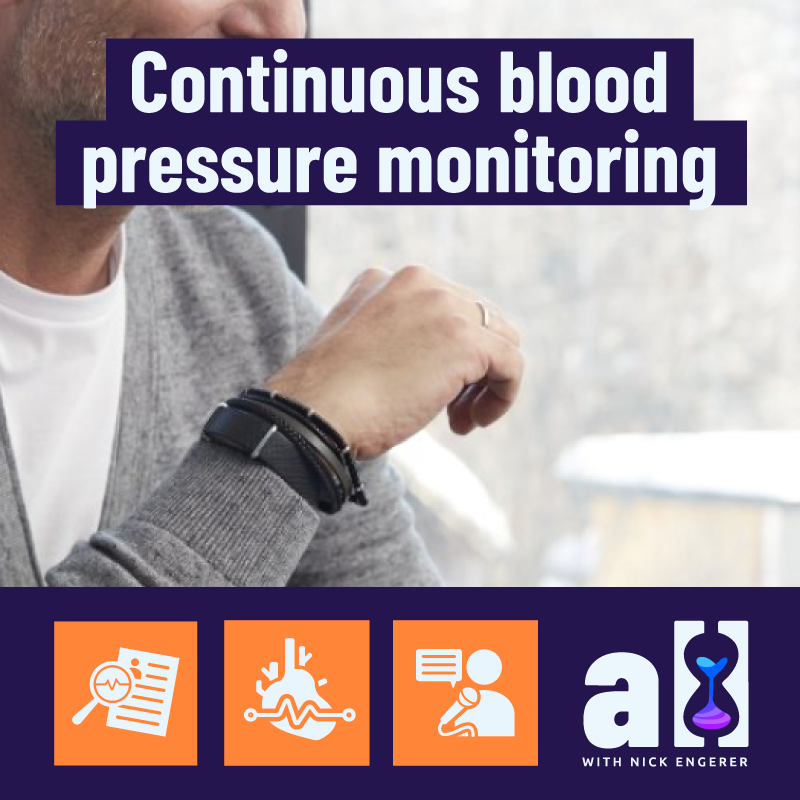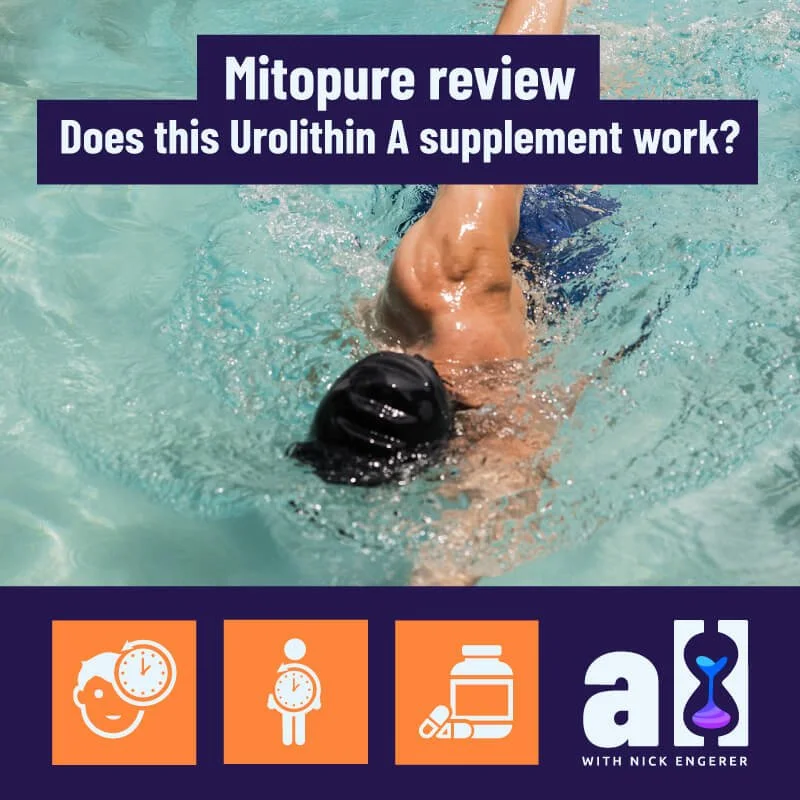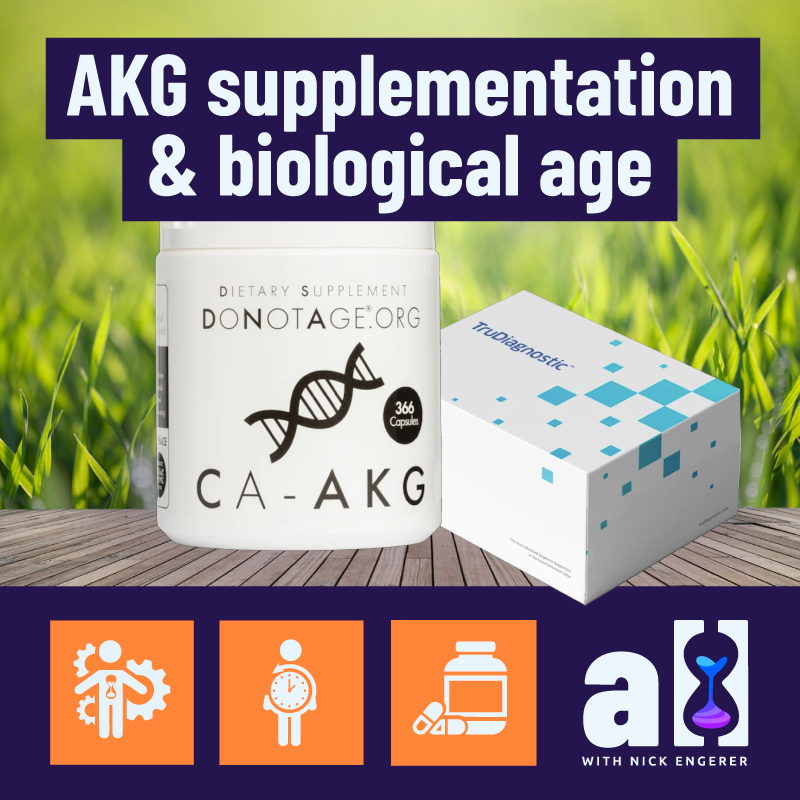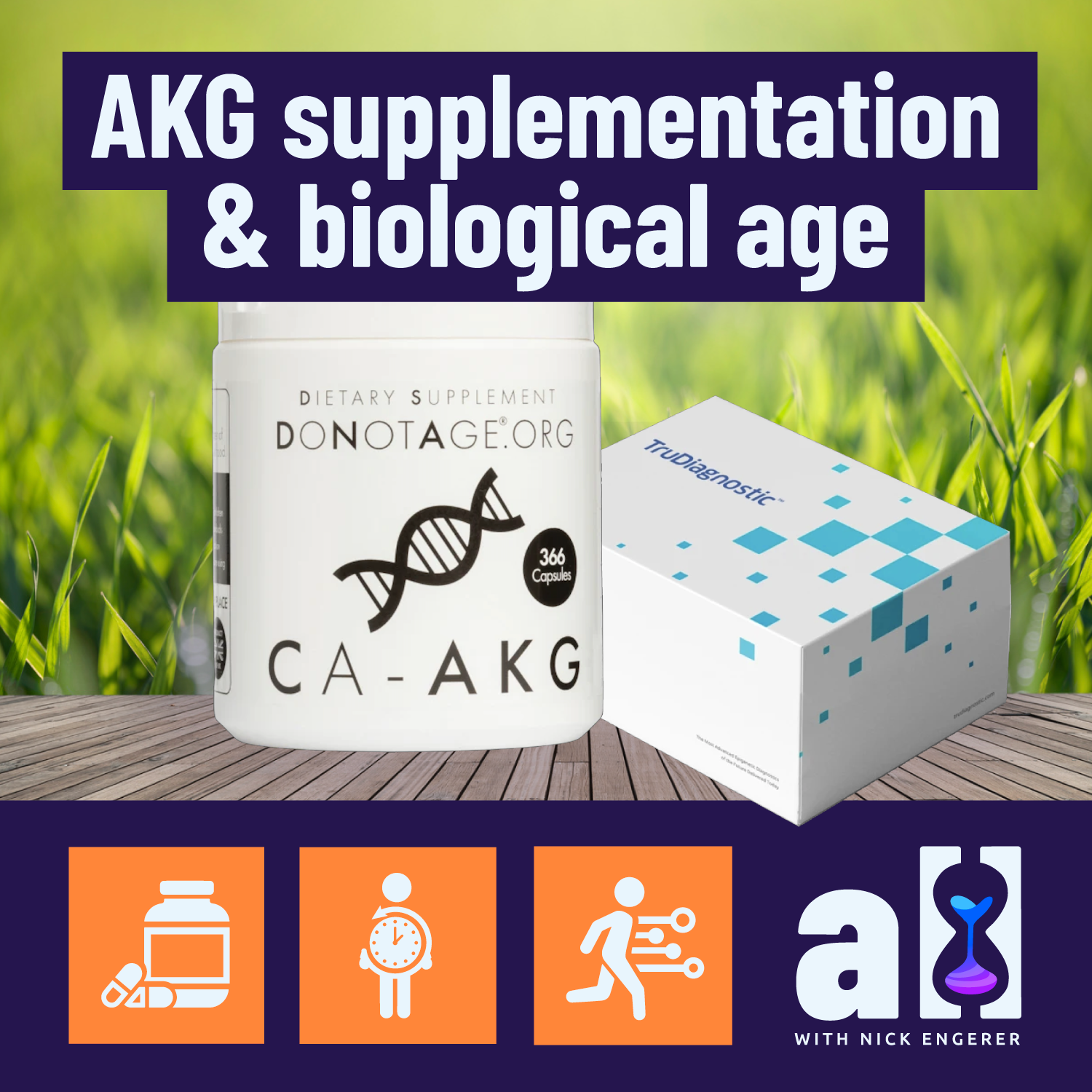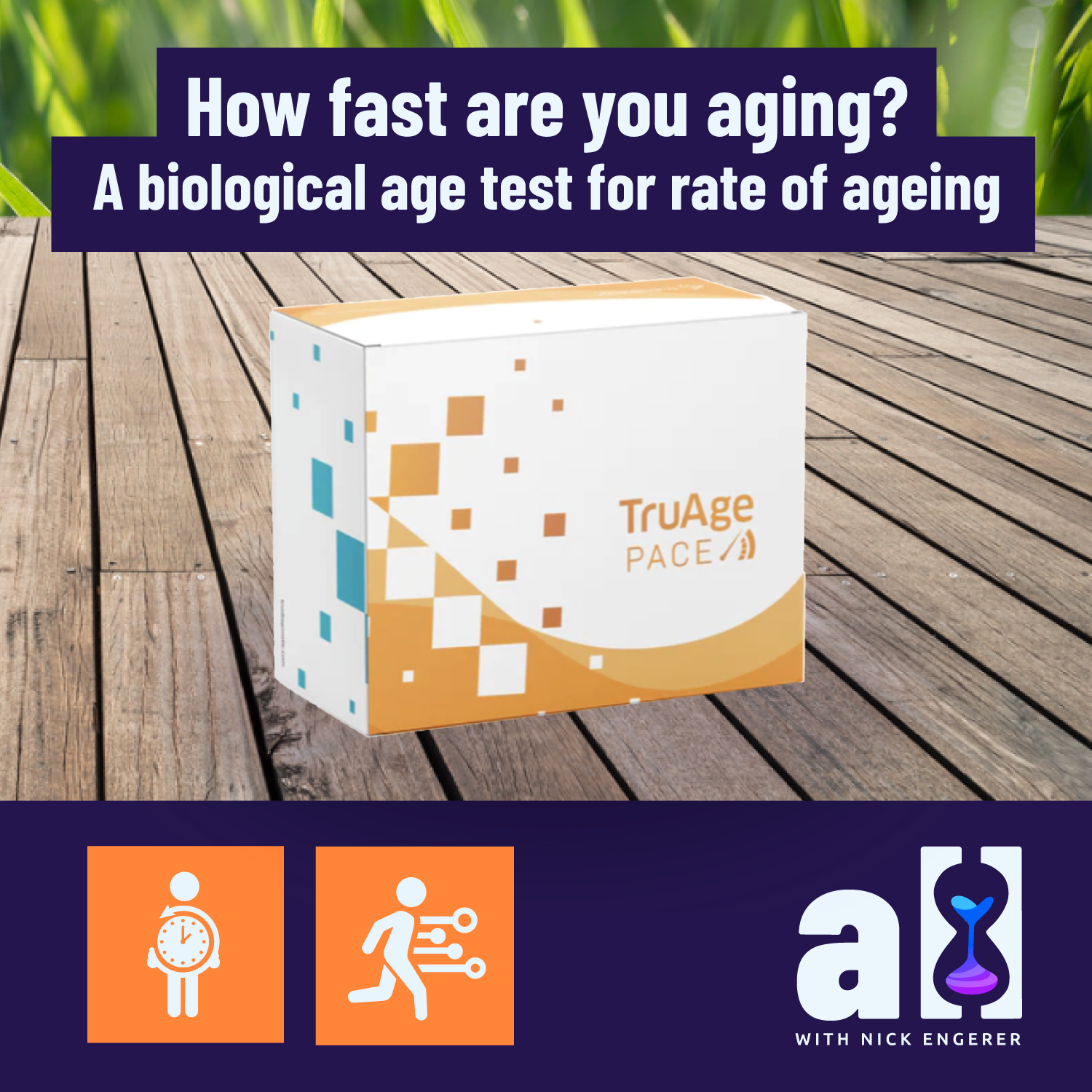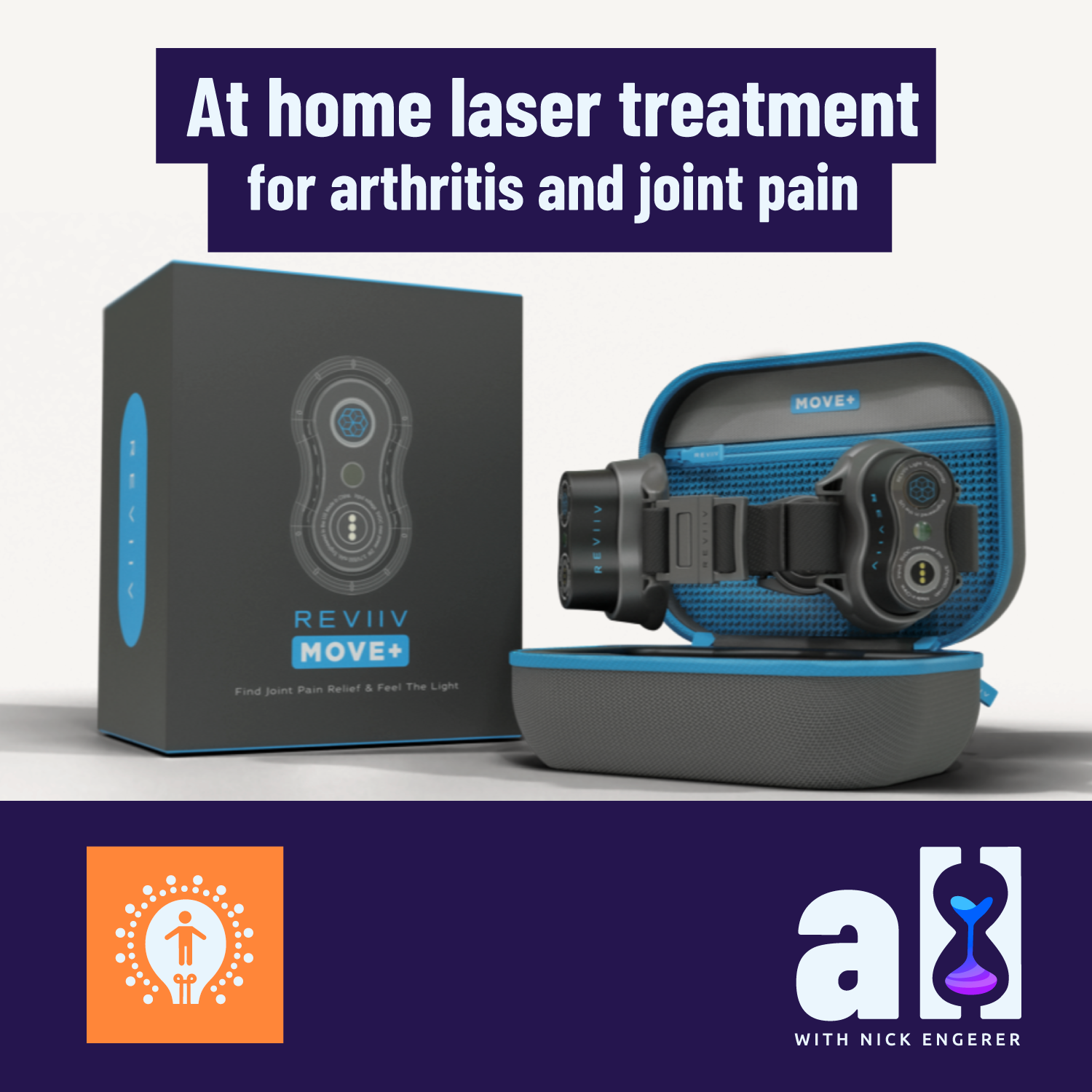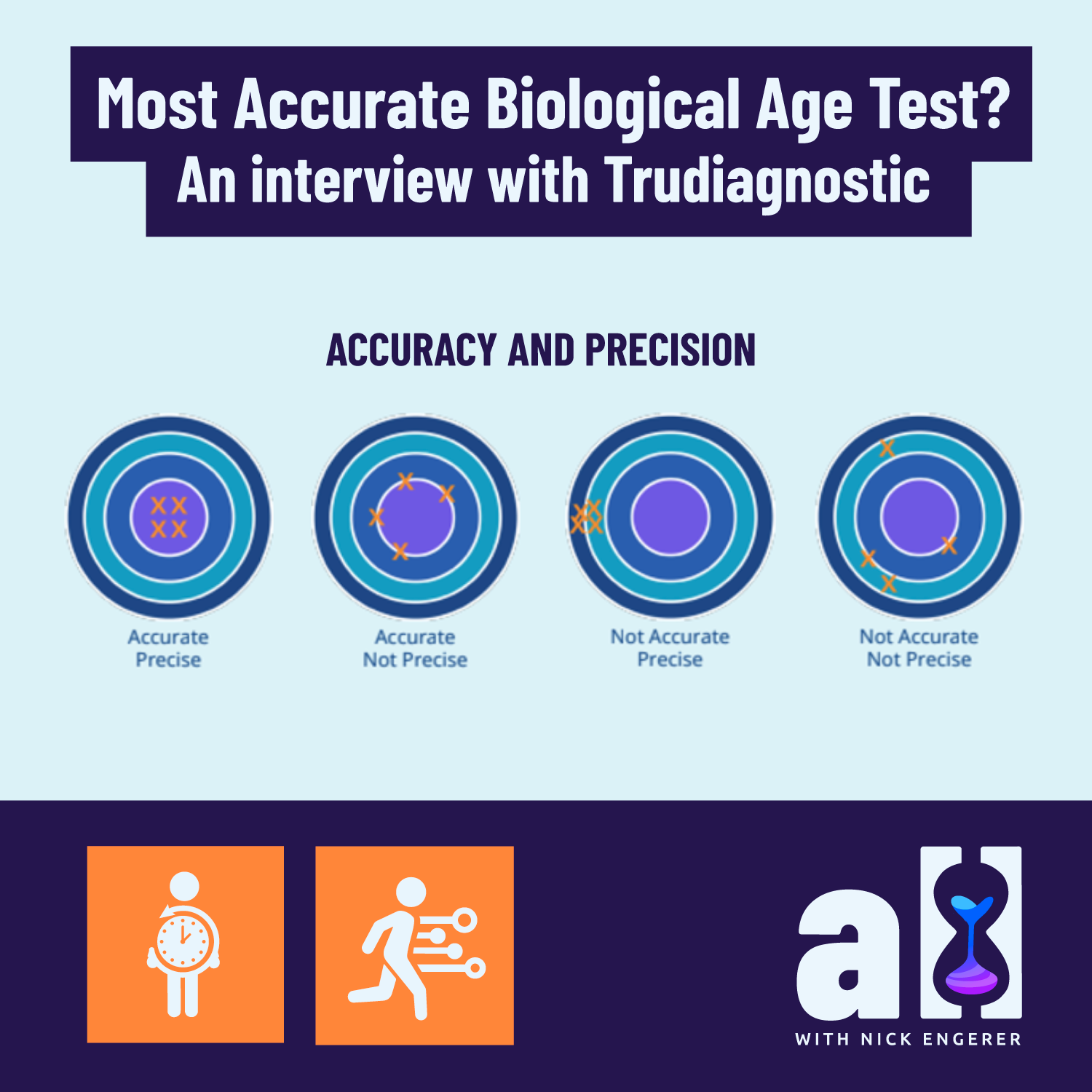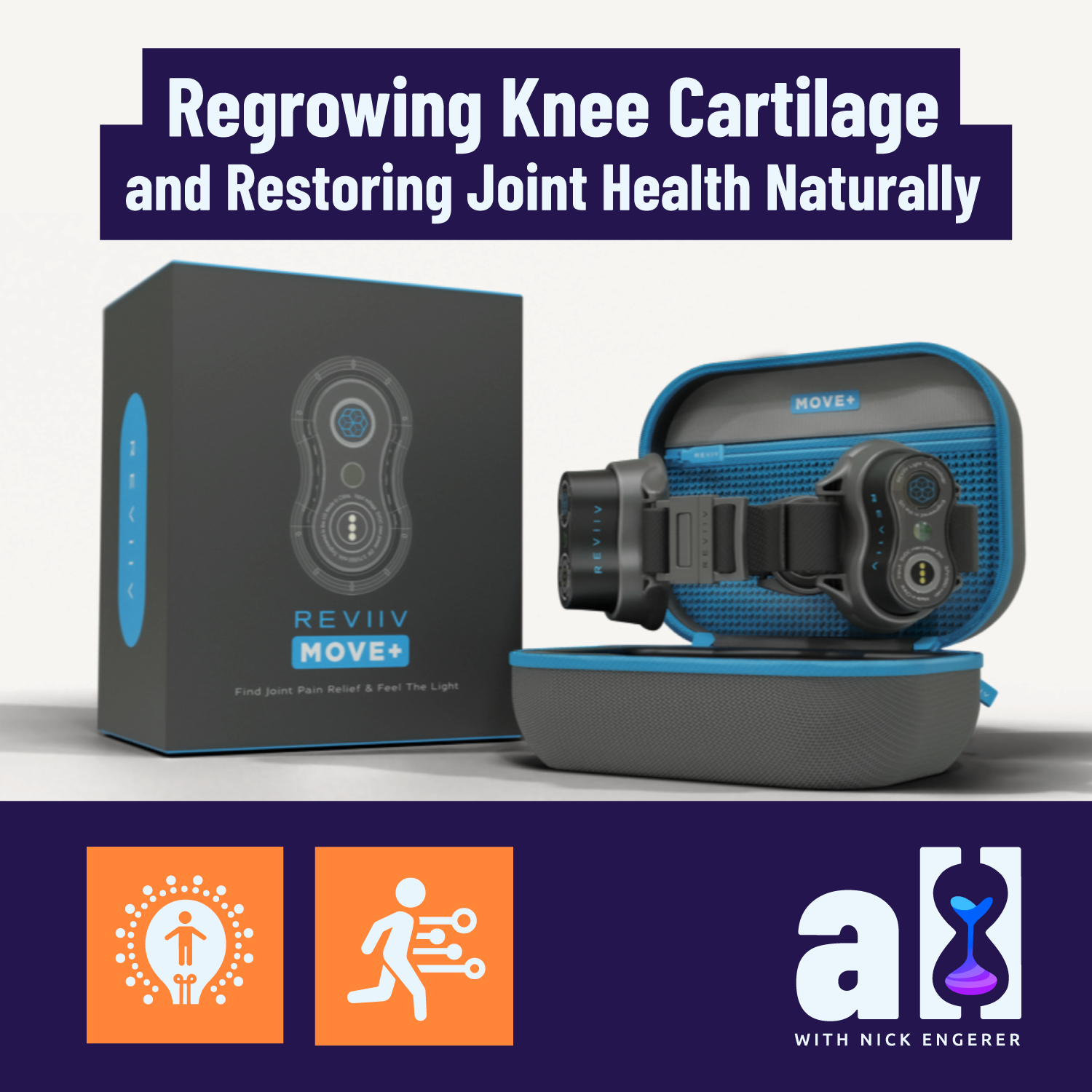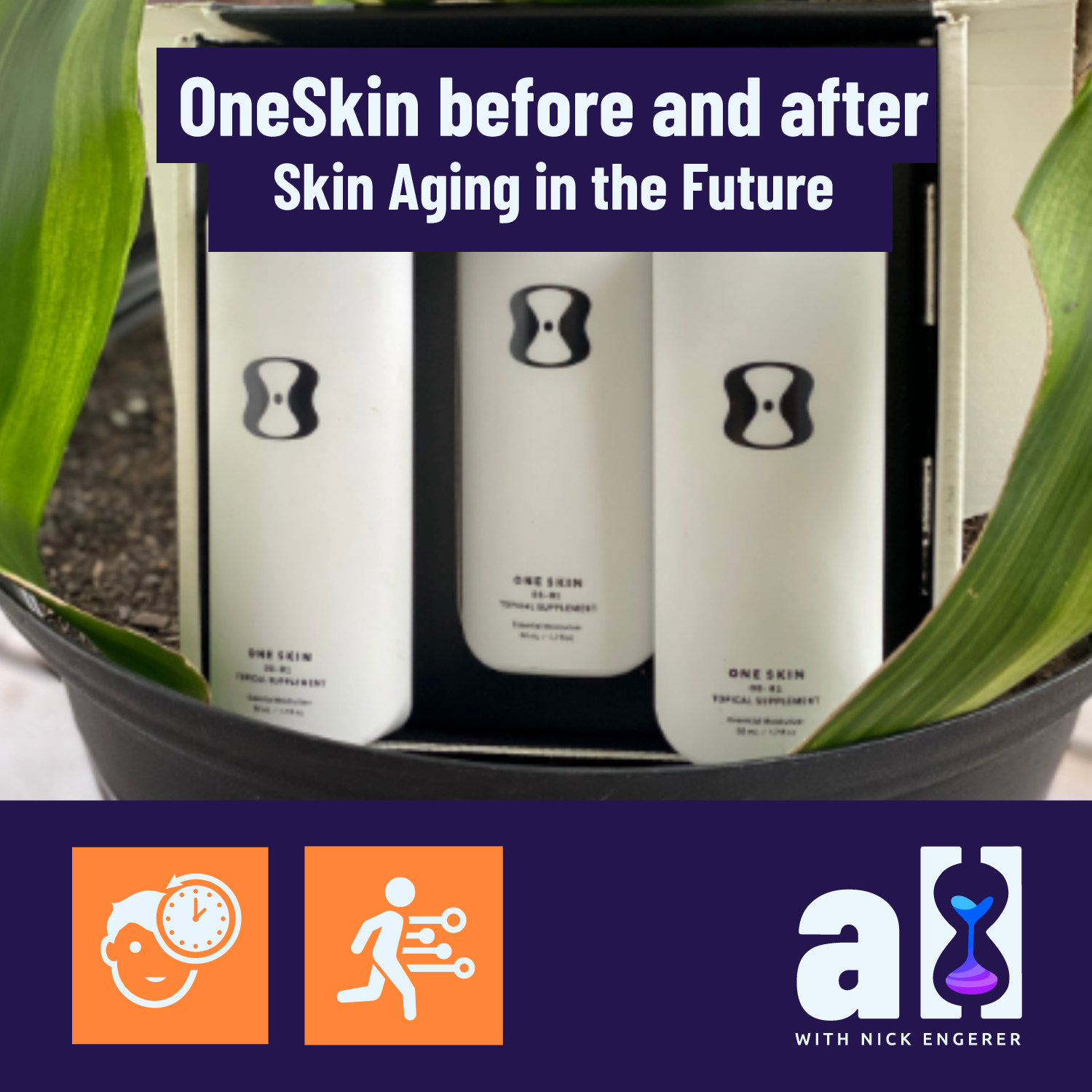At home laser treatment for arthritis and joint pain with the Kineon Move+
New things are possible for your joint health, as the next generation of ‘at home’ light therapy devices hits the market.
Could the Move+ from Kineon heal your knee/joint pain? Yes, it certainly could. Read on for more…
Reducing joint pain and inflammation with laser therapy
Laser therapy for chronic joint pain - does it work?
The answer hasn’t always been yes. Amazon and eBay are awash with low quality imitators and ‘cold laser’ clinics have popped up around the globe with very mixed reviews.
We’ll spare you too many details, as we know you’re in search of something that actually works (hang tight - we won’t disappoint!)
In short - there are many pitfalls facing new users of laser therapy devices.
Three issues with at home laser treatment devices
Firstly, most at home treatment options claiming to be ‘lasers’ (watch out for 'low level’ or ‘low intensity’ or ‘cold’ terminology) are simply using LEDs and are not truly a laser therapy device. One ‘tell’ is that light power will be rated in the milliwatts (mW) rather than watts. These devices will never get light deep into your joint (necessary for stimulating stem cell activity and oxygenating blood!).
LED vs Laser Light Therapy
Secondly, nearly all of the lower cost devices are not effectively calibrated to penetrate joint tissues at depth. This is related to the first point (power), but there’s more to consider - light needs to be focused in a column not a spray to penetrate into the joint. LEDs cannot do this - you need an authentic laser emitter (with true light amplification).
Third, price point. We’ve reviewed all of the at home laser treatment devices we could find. Most of them do not have enough power, nor do they focus light in a column appropriately. The few that do cost several thousand to tens of thousands of dollars. This is why the laser treatment options that actually work have historically only been used on athletes or available at expensive clinics.
Choosing effective at home laser therapy for joint pain and arthritis
These three issues do not mean that at home laser treatment for joint pain is a bust! They simply mean that you need assistance in choosing an at home laser therapy for arthritis pain - and that is why the team at A Longer Life have done the hard work for you!
The aches and pains of arthritis and joint pain in general are usually driven by one key factor - inflammation.
We review the basics on how to keep your cartilage healthy and your joints pain free in part one of our interview series with Kineon.
We highly recommend you check it out!
We are always tracking the latest developments in longevity technology (which is why you should subscribe to our monthly updates!).
A key trend we discovered in this process is that the proliferation of laser devices in aircraft, cars, robotics means the price point for high quality lasers has recently begun to fall very quickly.
Kineon, led by pioneering CEO Forrest Smith, were very quick to realise the opportunity to bring low cost, high quality laser treatment for joint pain to the market. With the Move+ launching just months ago, we knew we’d found a game changing device for at home treatment of joint pain. They have cracked the trifecta of problems in laser quality, device calibration and price point.
And as their devices have begun shipping to users worldwide, self-experimenters everywhere are validating the effectiveness of this device. Today, we’re going to discuss how you can get your hands on one and hear from Forrest directly on how to self-experiment at home to know if laser treatment for joint pain will work for you.
Kineon’s Move+ - a light therapy device which relieves joint pain safely and quickly by stimulating factors which support healthy joint cartilage.
This interview was conducted in June 2022 over Zoom and is an audio transcript with minor edits for clarity, brevity and correctness.
Be Sure to Read Part One of the Interview with Kineon Here!
Laser treatment for arthritis in hands, knees, joints
A Longer Life (ALL):
Coming back to the beta testers you mentioned - using the Move+ on yourself and testing how it might work for you is what this audience loves to do. It's one of the things that we focus on.
Often our Founder Nick is the guinea pig, but increasingly our audience are participating and sharing the results with us.
The Move+ seems to offer great opportunities for self experimentation. Let’s consider a reader who has, say, a shoulder or a knee issue and is interested to try the Move+
Let's talk about how they would do a self-experiment. Let’s hear some details - how long they should run it for, how often they should treat the joint and what they could effectively measure before and after?
Self-Experimenting with the Kineon Move+ for joint pain
Forrest Smith (FS): We've run a number of different tests and found a couple that are really interesting. I’ll share the most accessible one.
One way to check if the device is working through all of the mechanisms that we've discussed is using a blood flow restriction cuff where you can reduce the blood flow to the affected limb to essentially zero. Then, you remove the cuff and let the blood reperfuse.
You measure how long this takes, first recording a baseline measurement. Then you test again after several weeks of treatment. This is an extremely powerful test in a couple of ways.
One - the faster your tissue reperfuses, the healthier you are from a cardiovascular standpoint. Second - in most instances, any previous injury (such as an old ACL tear) will result in slower reperfusion of the blood into the affected leg.
You should be able to see a difference after just one month of treatment. Then you can retest the numbers. We’ve done this across many beta testers and what we're seeing is that the microvasculature is improving extremely well.
We might see a 20% differential between left and right leg and pull it up to within a 5% differential after only a month of treatment.
 |
At home laser treatment for joint pain - how long does it take?
ALL: You mentioned one month of treatment. Tell us about what the treatment protocol during that one month period.
FS: The protocol that has been most effective for testers to date is five minutes of treatment on the actual joint, and then five minutes upstream and five minutes downstream. You can then increase that treatment period over time to a maximum of around 10 to 12 minutes for each.
ALL: Would you do this every day? And you just mentioned the reader should do this for a month? What happens if you go longer?
“five minutes of treatment on the actual joint, and then five minutes upstream and five minutes downstream”
FS: Yes, everyday, and you can absolutely treat for longer. One month is just the starting point.
ALL: It also sounds like you can perform this treatment while sitting still. You can use the Move+ while watching Netflix or playing a video game. It sounds like it's pretty easy to use and it doesn't take a lot of time?
FS: That was one of our core goals as a company, and I harp on it quite a bit with our team. We wanted to build a device that is making the most substantial change possible in the quality of life of the highest number of people we can.
To achieve that, we need to remove inconvenience and make the device as functional as possible so customers can use it on a daily basis. I typically use my Move+ during a breathing and meditation session in the morning.
If you can find something that you do habitually, whether it's a cup of coffee in the morning, or whether it's a routine that you have before going to bed - use the Move+ then. You can use it when you’re moving or sitting down and even when you’re completely focused on something else. It's battery powered, it's wearable, and it's quite comfortable relative to anything else on the market.
The cost of laser treatment for knee pain
ALL: We are looking forward to trying the Move+ out!
Tell us about how we can get our hands on a device. How much does it cost to get an at home laster therapy device for knee pain and arthritis? And where can you find it?
FS: Right now we are selling for $397. We are also going to offer your readers a discount, in the spirit of self-experimentation!
Get 10% off the Move+
Use the code alongerlife
ALL: We are very excited about this 10% discount, which brings the price down to $357USD.
Let’s discuss the price point you just mentioned, for some $400-$500 USD might feel quite expensive. However, there is a story here, and that price point actually represents a real technological advancement.
Similar devices which have been used in a clinical setting cost $15,000 or more. The $400-$500 price point Kineon is offering reflects how you’ve really innovated to deliver this device at such a low price.
FS: Absolutely. It really reflects back to our core mission. We knew we were going to have to get the cost way down. This has to be a device that people can afford to have in their homes, and that they can use conveniently and frequently, or is not going to impact their life the way that it should.
ALL: We love that mission!
Where laser therapy for joint pain is headed next
ALL: As we move forward and wrap up this interview - we want to end with two things in mind. A forward looking view of where the longevity industry is headed and secondly, what you're doing for your own health and longevity
Let’s start with looking into the longevity future and let's narrow it down in terms of the scope of photobiomodulation light therapy. Where is that going in the next decades specific to health and longevity? What are we going to see?
“with the application of cheaper lasers...we are soon going to be able to track specific molecules in your blood”
FS: We've thought long and hard about this and we see some really good ways to be able to impact people's lives and quality of life in the next 3 to 5 years that haven't been available up until now
We think optical sensors paired with light therapy emitters is going to create many new opportunities. This is the next generation of what you might see on a Garmin watch right now. The green LEDs on the back of your Garmin watch which make for a not so accurate heart rate monitor.
With the application of cheaper lasers and better sensors with some machine learning will be a very powerful combination. We're going to be able to track many new physiological characteristics and even specific molecules in your blood.
We have this capability at the research/hospital level and they will be in your home in the next 3 to 5 years. Kineon plans to be in that space as well, so hopefully we can talk more about this soon!
The surprising connection between lasers and gut health
ALL: Brilliant, that's really exciting. You’ve mentioned a few areas where light therapy is producing impressive and unexpected outcomes for cardiovascular health, brain health, but one other you mentioned in the lead up to the interview was gut health.
Tell us, briefly, how there could be a relationship between lasers and gut health?
FS: There's fundamental clinical research into this now using machine learning and mapping bacterial populations in your gut, and even determining the health of that bacterial population.
When you apply photobiomodulation positive outcomes result. For example, different bacterial populations generate different waste materials based on what they are consuming. Early testing in clinical trials with photobiomodulation appears to support healthier gut bacteria.
With our dosing models along with a digital signal processing and machine learning team, we are exploring applications for our light therapy devices in the gut. Watch this space!
ALL: That's exciting. If you need a guinea pig, we are all ears.
Forrest Smith CEO at Kineon’s longevity strategy
ALL: Onto our second question. Share a few of the top things you do when looking out for your own longevity. Tell us about your longevity strategy. Give us one or two things that you're doing each day to look after yourself.
FS: I would say carb cycling and fasting are what I’ve been onto for the longest. I've seen ongoing great results and it's very simple. Fasting and carb cycling has been amazing from a health standpoint.
The Kineon Move+ in action, tipping the balance back in favour of cartilage regrowth & join healing.
Obviously, the light therapy treatments have been helpful for getting myself back into training after injuries. And then there’s daily meditation. I have been doing this for the last five or six years. Pairing that with breathing has been super powerful.
ALL: And with that daily meditation, we can now think about adding lasers to the mix! This is a great illustration of what's possible in the longevity feature.
Thank you for joining us today Forrest. There's a lot more to talk about, but for now we're going to head off and play around with the Move+. Our thanks to your team for making it possible to have such a power device in the homes!
FS: Fantastic. Thanks so much. I really appreciate the opportunity to be interviewed on A Longer Life.
 |
FDA & TGA DISCLAIMER
This information is intended for educational purposes only and is not meant to substitute for medical care or to prescribe treatment for any specific health condition. These blog posts are not intended to diagnose, treat, cure or prevent any disease, and only may become actionable through consultation with a medical professional.



